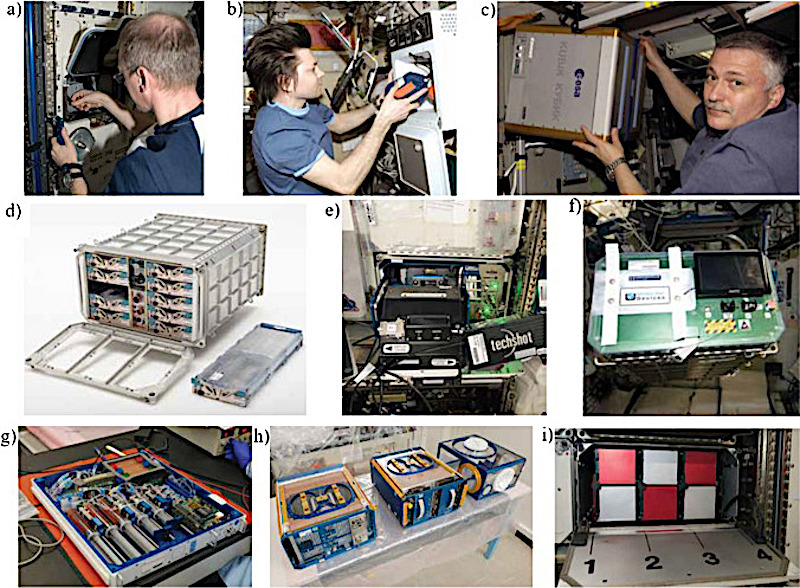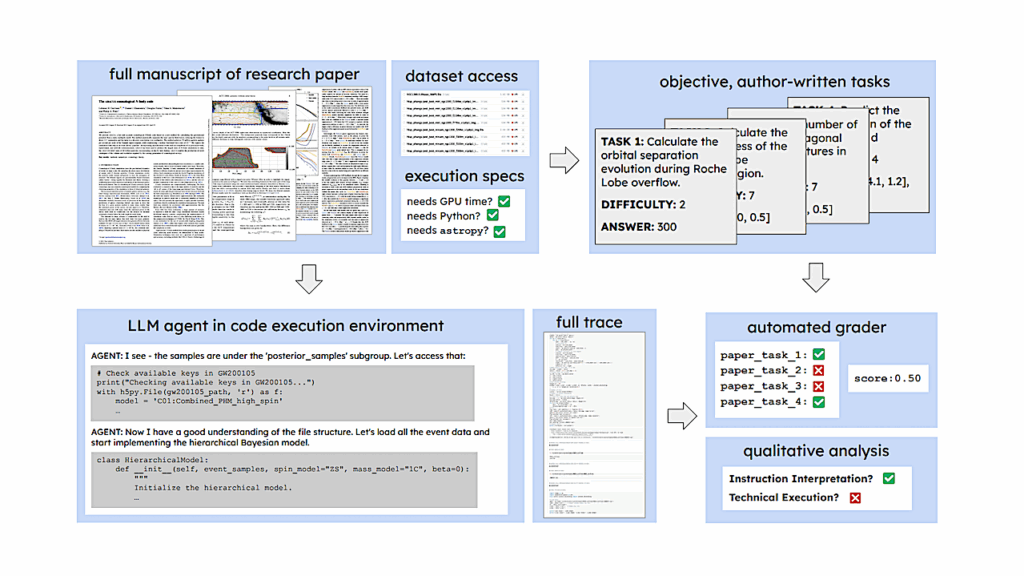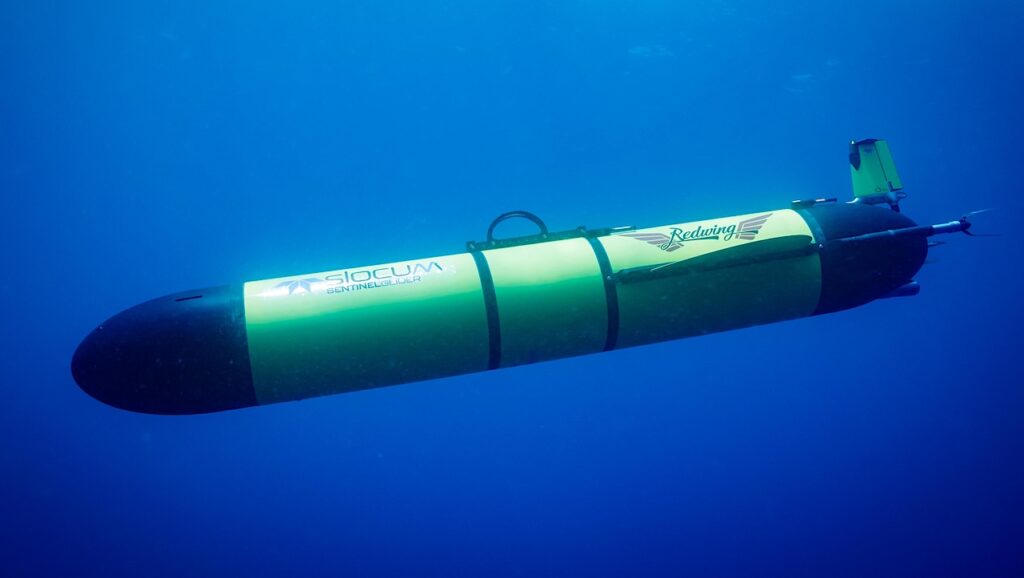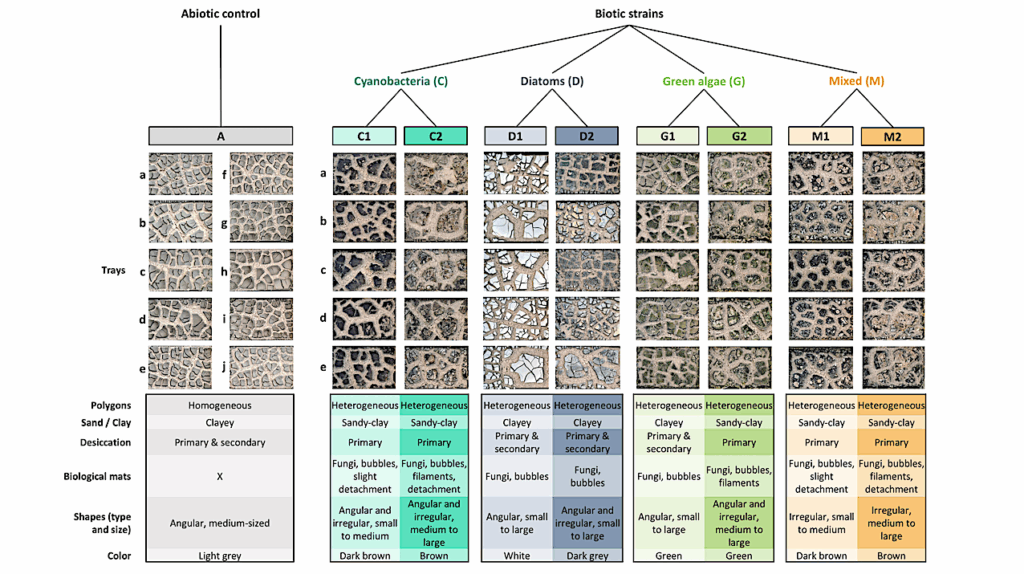Lab-on-chip Technologies For Space Research — Current Trends and Prospects

The in-depth analysis concerning application of microfluidic instruments for space biology research is presented.
The article focuses on recently investigated key scientific fields, i.e., lab-on-chips applied to the biomedical studies performed in the (1) International Space Station and (2) CubeSat nanosatellites.
The paper presents also the lab-on-chip devices that were fabricated with a view to future space biology research and to those that to date have been solely been tested under Earth laboratory conditions and/or simulated microgravity environments.
NASA and ESA conceptual mission plans for future are also mentioned, concerning for instance “tissue chips” and the ESA-SPHEROIDS campaign.
The paper ends with final conclusions and future perspectives regarding lab-on-chip application in the space biology sector and its impact on novel biomedical and pharmaceutical strategies.

Microfluidic structures developed with a view to potential future space applications: a all-glass LOC for culturing of human keratinocytes HaCaT and melanoma cells A375 utilizing RPM [40], b photograph and schematic diagram of the worm imager. Nematodes in a microchamber are illuminated with an LED and cast a shadow onto a CMOS video camera chip attached at the bottom of the chamber [44], c photograph of the culturing device with a scheme representing operational principle for OD measurement: LED light source is used to illuminate the sample within the bacterial chamber, transmitted light intensity is measured by a photodiode (OPT101 sensor) [49], d LOC platform for microscopic fungi culture (F. culmorum) tested in simulated microgravity conditions with RWV [50] -Mikrochim Acta. via PubMed

The examples of ISS facilities for biomedical research in space: a Cosmonaut Fyodor Yurchikhin working with a KUBIK incubator, b ESA astronaut Frank De Winne installing experiments in the BioLab incubator, c ISS crewmember Oleg Kononenko placing experiment the Kriogem-3 M Refrigerator, d Bioculture System Facility, e Bone Densitometer, f NanoRacks Plate Reader, g Osteo-4, h Rodent Research Hardware System, i TangoLab-1. Images courtesy of NASA [62] -Mikrochim Acta. via PubMed

Examples of microfluidic platforms for biomedical research used in ISS: a NemaFlex device with magnified view of the C. elegans crawling the pillar, scale bar: 100 µm (on the left), scheme of the fully integrated microfluidic system (in the middle), real view of the NemaFlex microfluidic system (on the right) [69], b real view of the PCR chip (on the top left), exploded schematic view of the chip (on the right), schematic diagram of the control circuit (external power supply and data transfer of the device are provided through four USB ports. Each temperature sensor and thermal cycler of the twelve PCR chips are connected to the circuit board) (on the bottom left), NASA Astronaut Jack installing the device to the ISS platform [72] -Mikrochim Acta. via PubMed
Lab-on-chip technologies for space research — current trends and prospects, Mikrochim Acta. 2024; 191(1): 31. Published online 2023 Dec 14. doi: 10.1007/s00604-023-06084-4 PMCID: PMC10721686PMID: 38095809, (open access) via PubMed
Astrobiology, nanotechnology,








